Maintaining a comfortable and healthy home environment is essential for both personal well-being and the longevity of your living space. Dehumidifiers are highly effective at reducing excess moisture, preventing mold growth, and improving overall air quality. However, placing them in the wrong locations can reduce their efficiency or even create potential hazards. While it may seem convenient to put a dehumidifier anywhere, experts emphasize that careful placement is key to getting the best performance. Understanding where not to place your dehumidifier ensures a safer, healthier, and more comfortable home. The following five areas are commonly misused spots that should be avoided.
1. Near Walls or Corners
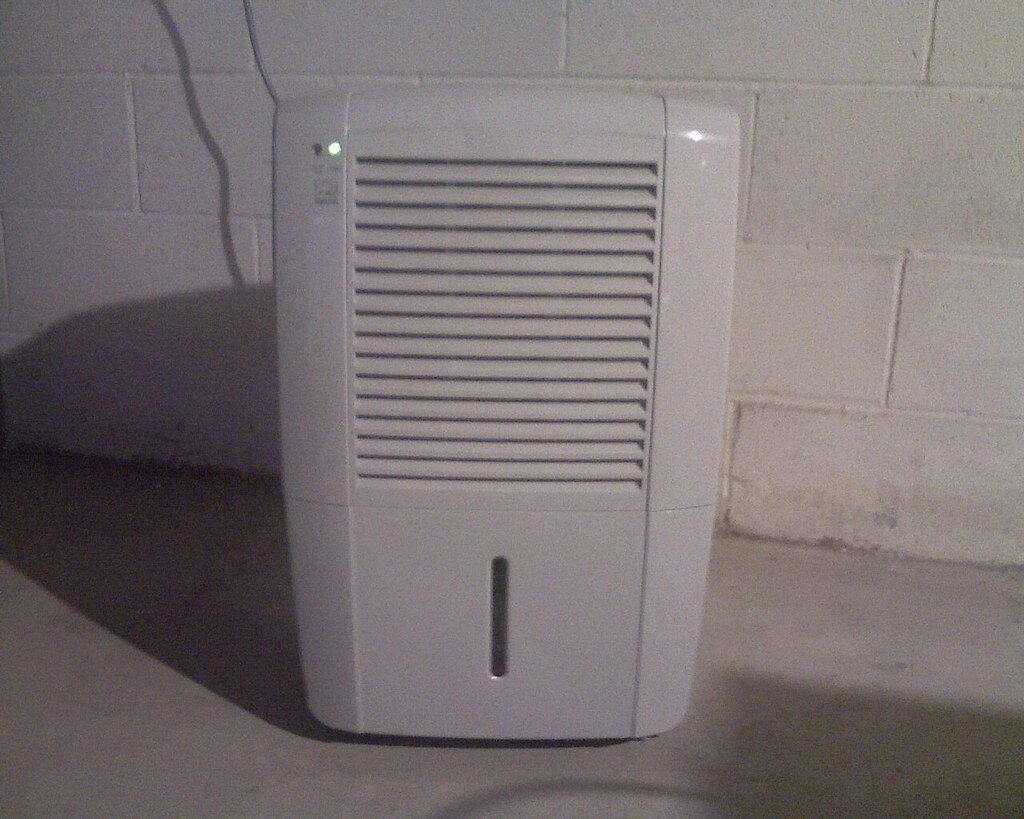
Placing a dehumidifier directly against walls or in tight corners can obstruct airflow and reduce its efficiency. These machines need space around them to circulate air properly and capture moisture effectively. When airflow is restricted, the dehumidifier has to work harder, which can shorten its lifespan and increase energy consumption. Additionally, placing it too close to walls may trap moisture between the unit and the surface, leading to potential damage or mold growth. For optimal performance, experts recommend leaving several inches of clearance on all sides so that the unit can operate freely and maintain proper humidity levels in the room.
2. On Carpets or Upholstered Surfaces
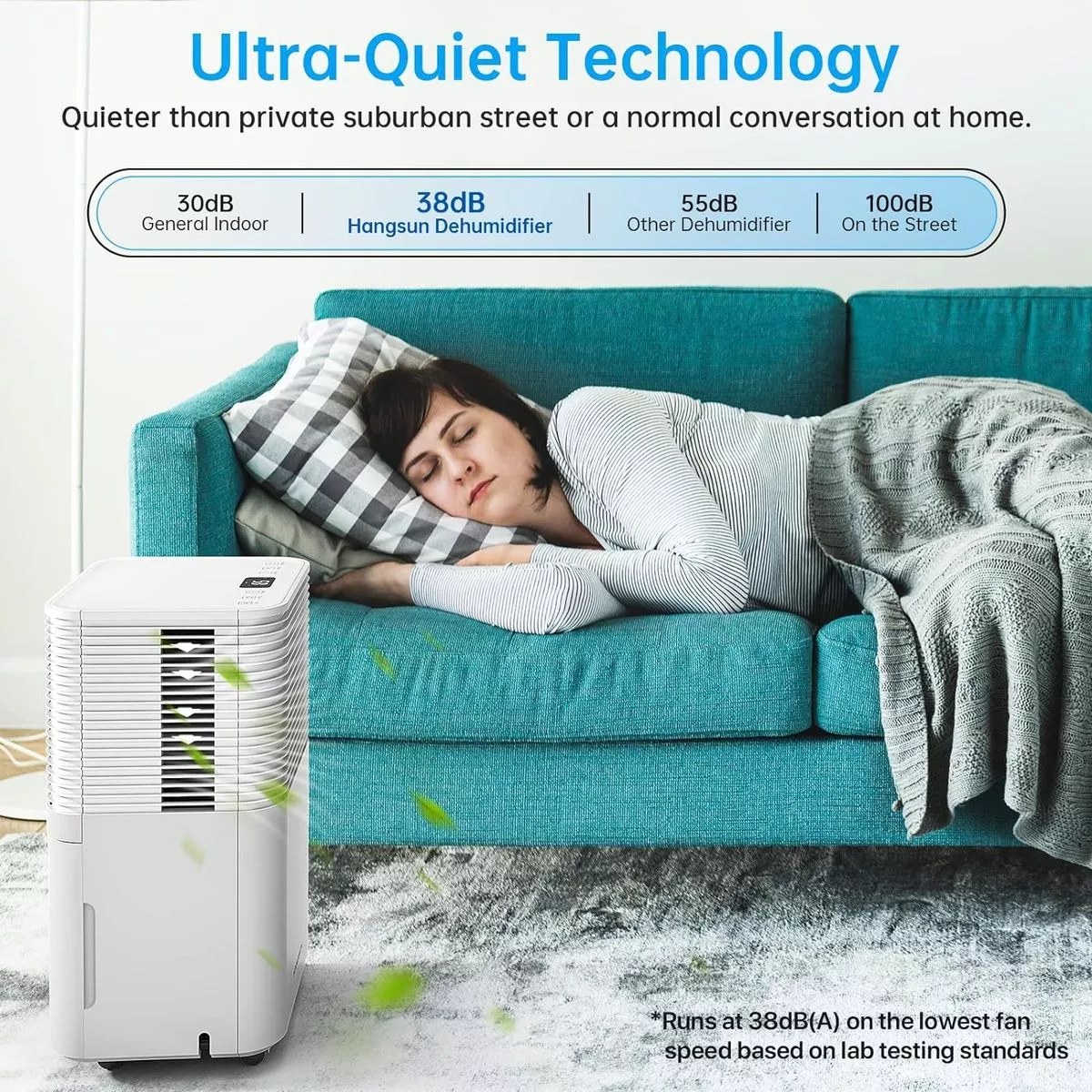
Dehumidifiers should not be placed on carpets or soft furniture surfaces because they require a stable and level base to operate efficiently. Soft surfaces can block vents, reduce airflow, and cause the unit to overheat or function improperly. Additionally, moisture that collects during operation may seep into carpets or fabric, creating an ideal environment for mold and bacteria growth. Experts suggest placing the unit on a hard, flat surface such as tile, hardwood, or a sturdy table to ensure stability and maximum efficiency. Proper placement not only protects your furniture but also allows the dehumidifier to maintain a healthier indoor environment.
3. Near Heat Sources
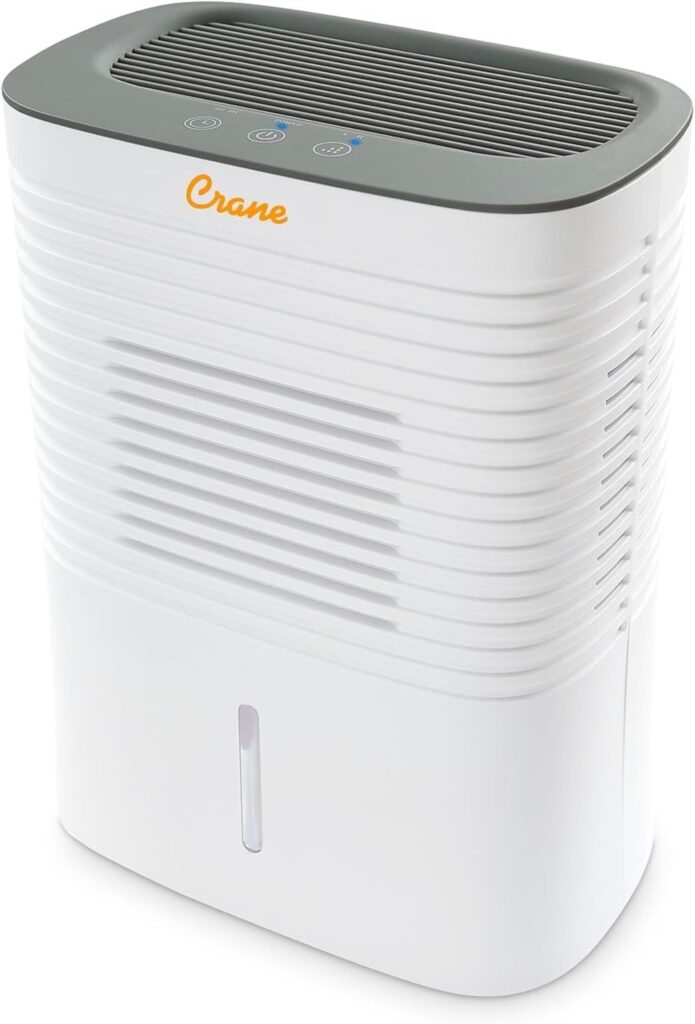
Placing a dehumidifier too close to heat sources such as radiators, heaters, or direct sunlight can interfere with its sensors and overall performance. The extra heat can make the unit work harder than necessary, which increases energy consumption and may shorten its lifespan. It can also provide inaccurate readings of the room’s humidity level, preventing proper moisture control. Experts recommend positioning the dehumidifier away from heaters, stoves, or other sources of heat to allow it to operate efficiently. Keeping it in a cooler, shaded location ensures consistent performance and helps maintain balanced humidity throughout your home without unnecessary strain on the device.
4. In Bathrooms or Steam-Prone Areas Without Proper Ventilation
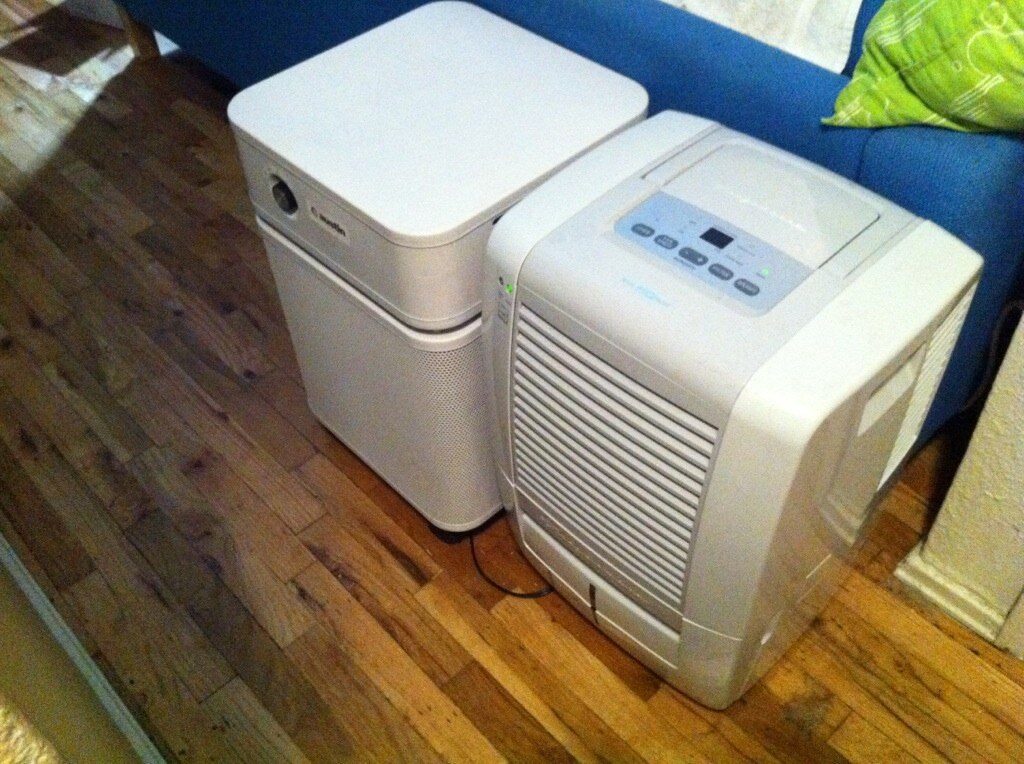
Bathrooms and other high-humidity areas like laundry rooms may seem like natural spots for a dehumidifier, but without adequate ventilation, the unit can struggle to function properly. Constant exposure to steam and excessive moisture can overwhelm the device, causing it to work continuously and potentially shorten its lifespan. Experts recommend ensuring proper airflow and ventilation in these spaces or using a specialized bathroom dehumidifier designed to handle high humidity. Installing the unit in a nearby well-ventilated area rather than directly in a steam-prone zone helps maintain consistent moisture control and prevents unnecessary wear and tear on the device.
5. Near Electronics or Sensitive Items
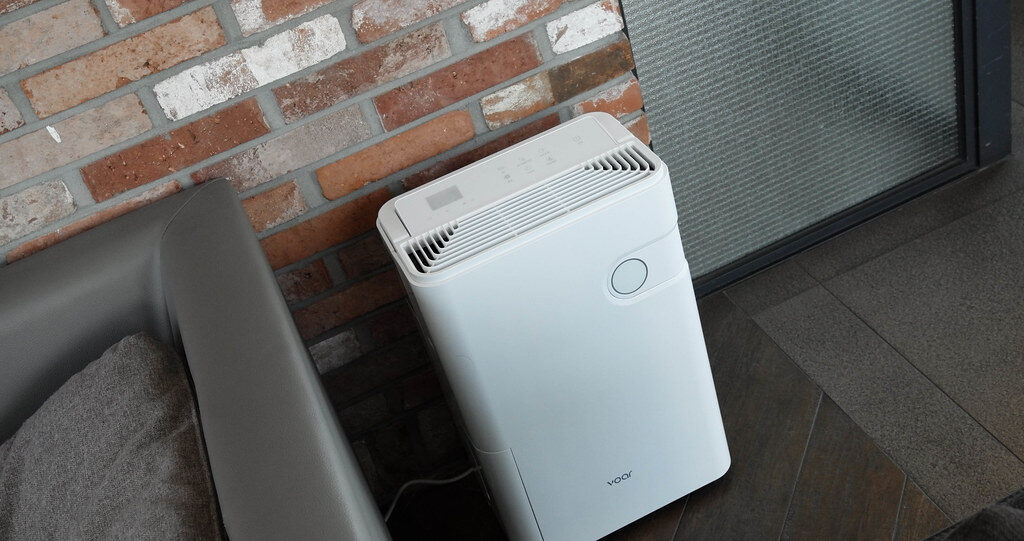
Dehumidifiers produce moisture and condensation during operation, so placing them near electronics, important documents, or delicate items can pose risks. Excess moisture may damage gadgets, books, or other sensitive possessions over time. Experts advise maintaining a safe distance between the unit and any valuable or delicate objects to prevent water-related damage. Positioning the dehumidifier in a central area where air can circulate without affecting electronics ensures both effective humidity control and the protection of your belongings. Thoughtful placement helps maintain a balanced indoor environment while safeguarding the items you care about most.
Comments